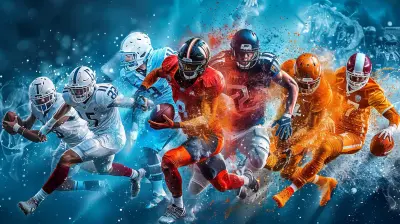Selecting the Best Basketball: Indoor vs. Outdoor Considerations
6 August 2025
Picking a basketball might seem simple, right? Just grab the round orange thing and hit the court! But if you've ever played with the wrong kind of ball on the wrong type of surface, you know there's more to it than meets the eye. Indoor and outdoor basketballs are built differently, and using the wrong one can throw off your game—or worse, damage your ball or the court.
So, if you're serious about ballin’, whether you're shooting hoops at your local gym or crossing people up at your neighborhood park, it’s worth knowing exactly what to look for in a basketball.
Let’s break it all down in plain English.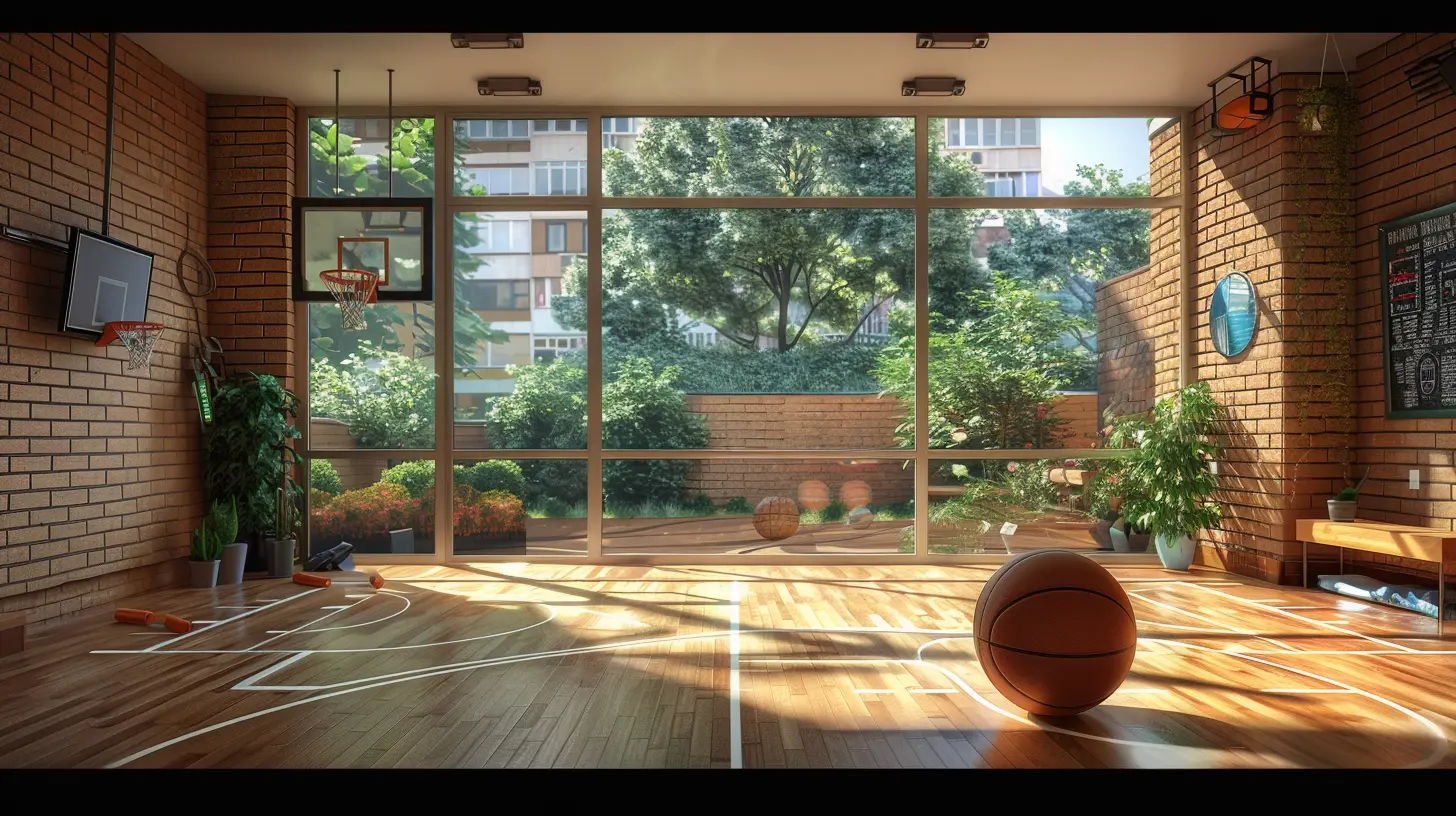
Why Choosing the Right Basketball Matters
Before we get into the nitty-gritty, let’s talk about why this even matters.Ever tried dribbling on concrete with a slick indoor ball? It’s like trying to ride a skateboard on sand—awkward, frustrating, and ineffective. Not only does the ball not bounce the way you expect, but it also wears out faster. On the flip side, using a tough outdoor ball on a pristine hardwood court can feel clunky and stiff, like dancing in hiking boots.
In short, the wrong ball affects performance, durability, and your overall experience.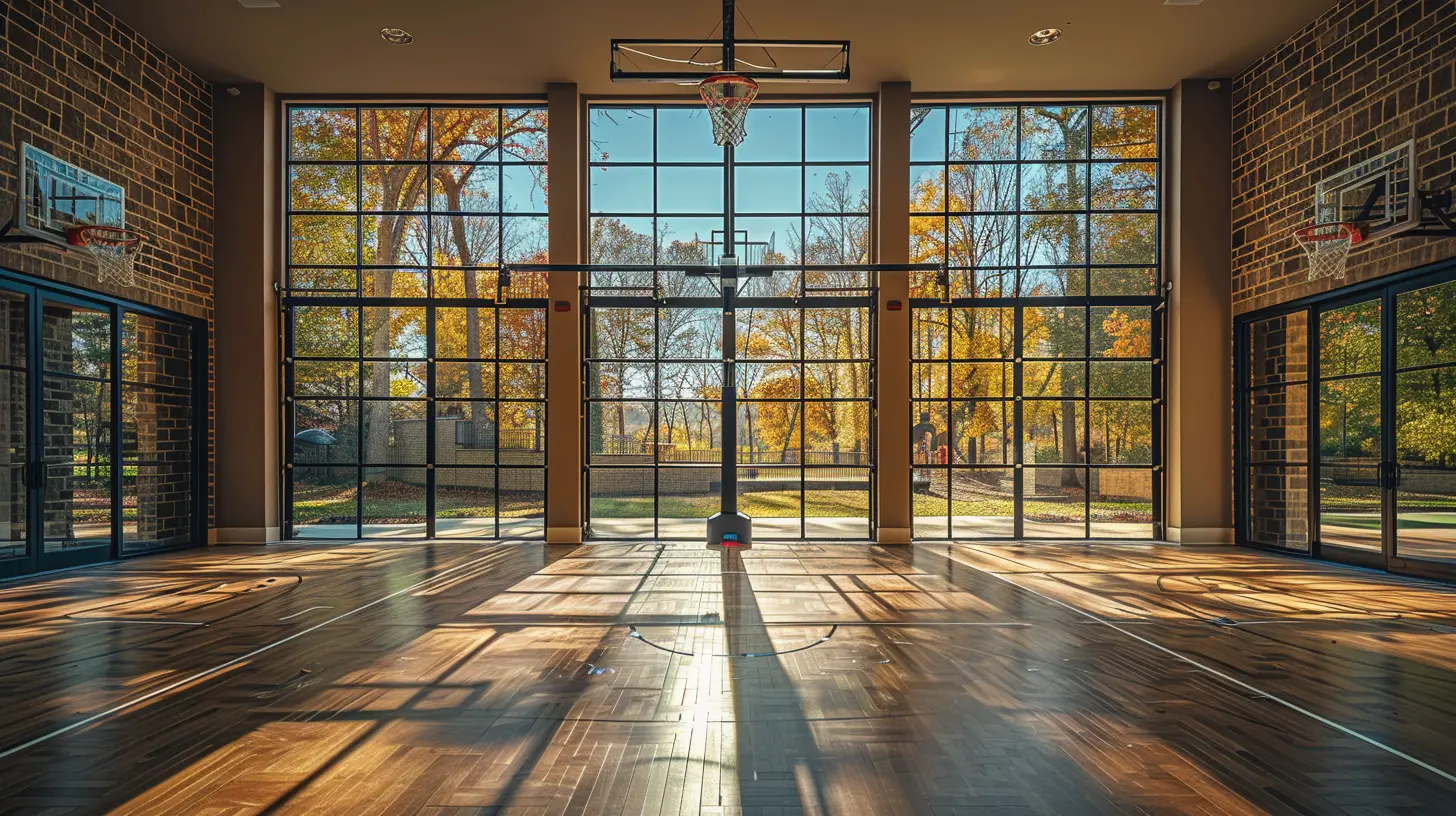
Indoor vs. Outdoor Basketballs: The Core Differences
1. Material Matters: Leather, Composite, or Rubber?
Let’s start with what the basketball is made from.🏀 Indoor Basketballs
Indoor balls are typically made from full-grain leather or composite leather. They’re soft, smooth, and grip-friendly—after you've broken them in. Leather basketballs need a few games to really perform at their best, kind of like a new pair of sneakers.- Pros: Great grip, excellent feel, and consistent bounce on hardwood courts.
- Cons: Expensive, not durable for outdoor use, needs to be broken in.
🏀 Outdoor Basketballs
Outdoor balls are usually made from rubber or a more durable composite material. These are built to take a beating from rough surfaces like asphalt and concrete.- Pros: Long-lasting, budget-friendly, ready to use out of the box.
- Cons: Less responsive feel, stiffer, often heavier.
🏀 Hybrid/All-Surface Basketballs
Some balls are designed to work in both environments. They’re typically composite leather with extra durability features. These are great for players who switch between gyms and street courts.- Pros: Versatile, decent lifespan, good balance between grip and toughness.
- Cons: Can be a jack of all trades, master of none.
2. Grip and Feel: The Handshake Test
Think of your basketball like a good handshake. Is it firm, comfortable, and confident? Or is it awkward and slippery?Indoor basketballs usually have deep channels and a softer texture, giving you better control for dribbling, passing, and shooting. That helps when you’re trying to pull off a crossover or a tight spin move.
Outdoor balls, while grippy in their own way, tend to feel rougher. They need that rugged texture to grip abrasive courts. But on your hands? Not always so kind. If you've ever ended a street game with red palms, you know what I’m talking about.
3. Bounce and Performance: The Rhythm of the Game
Basketballs have a bounce—a rhythm—that players get used to. It’s part of what makes the game flow.Indoor basketballs bounce consistently on hardwood due to their material and design. Outdoor basketballs, if used inside, can feel off. Think of it like trying to dance to music that’s just slightly out of sync—something's not right.
On the flip side, indoor balls used outside lose that perfect bounce surprisingly fast. Dust, dirt, and grit mess with the surface, and you'll feel that loss of control.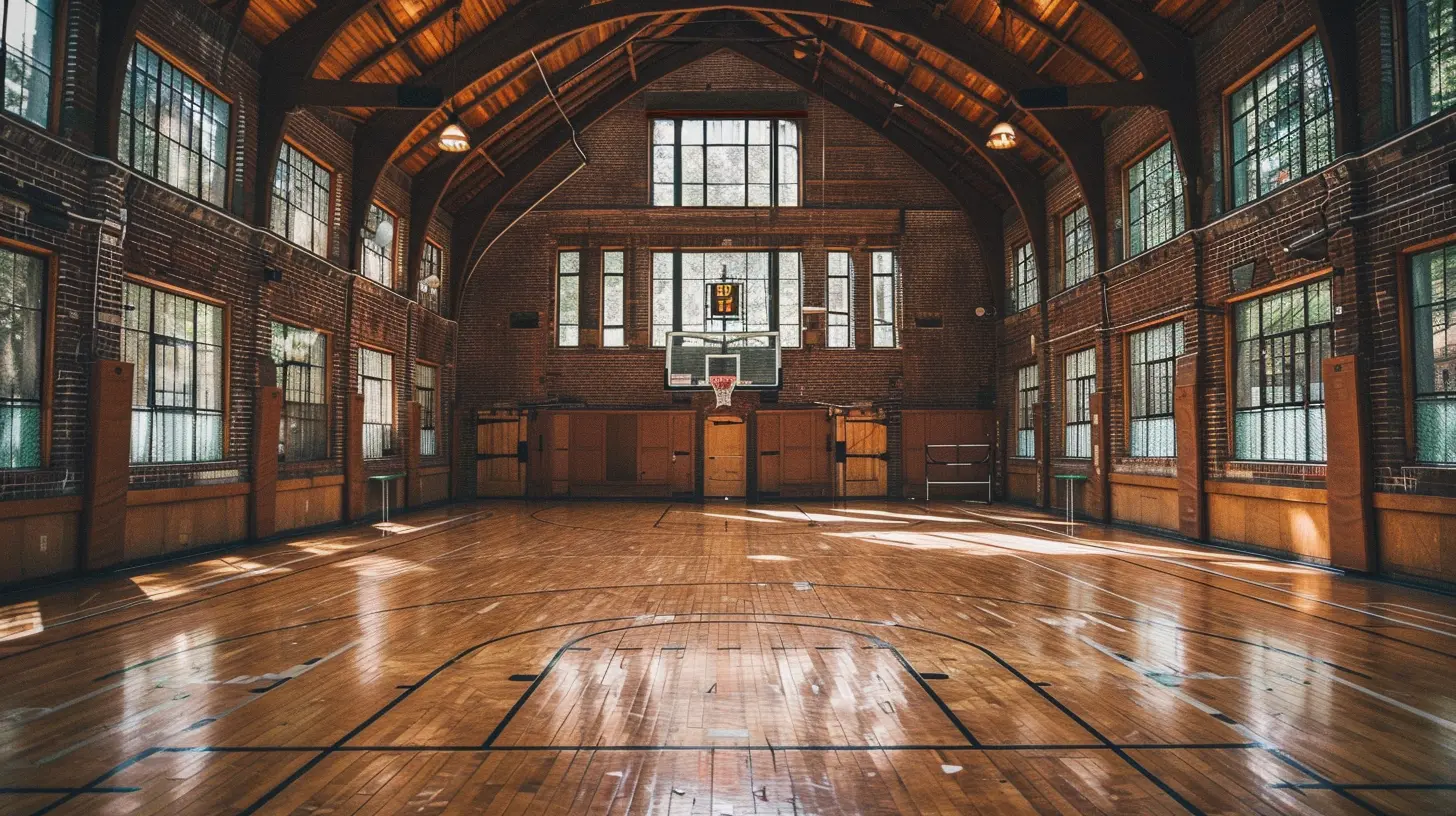
Choosing Based on Where You’ll Play
Let’s keep it real: where you play most should decide what kind of ball you go for.🏠 Primarily Indoors? Go for:
- Leather or composite leather basketball built for hardwood.- Brands like Wilson Evolution or Spalding TF-1000 are favorites.
- Be ready to spend a little more, but the quality is worth it.
- Store it properly—don’t leave it in your car or outside overnight.
🏞 Mostly Outdoors? Choose:
- Durable rubber or outdoor composite models.- Look for balls with “Outdoor” or “Street” in the name.
- Wilson NCAA Street Shot or Spalding Street Ball are solid picks.
- Don't worry about the ball feeling a bit harder—it's made to survive the grind.
🏀 Bit of Both? Try a Hybrid:
- These give you decent feel inside and toughness outside.- Look for "All Surface" or "Indoor/Outdoor" labels.
- Perfect if you switch environments often.
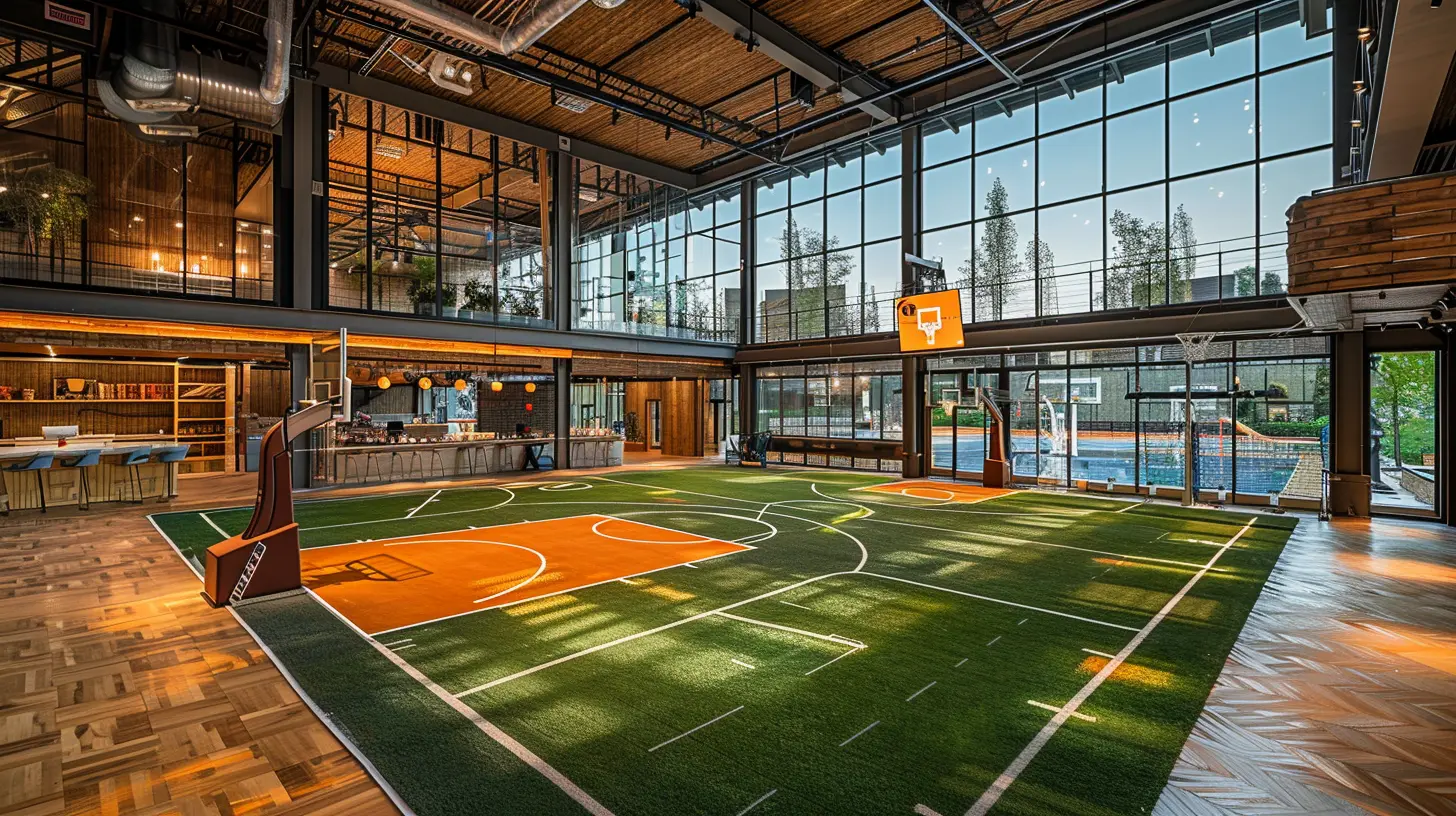
Other Key Factors To Keep In Mind
🔍 Size & Weight: Not All Balls Are Created Equal
There are three main basketball sizes:1. Size 7 (29.5 inches) – Men’s official size.
2. Size 6 (28.5 inches) – Women’s official size, and often used by boys aged 12-14.
3. Size 5 (27.5 inches) – Youth size, perfect for kids under 12.
Using the wrong size affects your shooting and ball handling. Make sure you're picking the one suited to your age and league.
📏 Inflation: Pressure Makes Perfect
Ever dribble a basketball and thought, “Why is this thing dead?” That’s probably because it wasn't inflated properly.The typical pressure should be around 7.5 to 8.5 psi (check the label on your ball). When it’s underinflated, it won’t bounce right. Overinflated? It bounces too high and feels like a rock.
Pro tip? Get a pump with a pressure gauge. Your game will thank you.
🗓️ Durability: How Long Should A Ball Last?
Outdoor balls, with regular play, might last 6 months to a year. Indoor basketballs, used only on proper courts, can last years if cared for right.Want your ball to last longer?
- Don’t kick it like a soccer ball.
- Don’t leave it outside in the rain or direct sunlight.
- Clean it with a damp cloth now and then.
- Store it indoors, at room temperature.
Brands That Ballers Trust
When in doubt, stick with the brands that hoopers swear by. Here’s a quick cheat sheet:| Brand | Best For | Notable Models |
|-----------|-------------------------|--------------------------------|
| Wilson | All-around performance | Evolution, NCAA Replica |
| Spalding | Durable outdoor play | Street Ball, TF-1000 |
| Nike | Youth and casual players | Elite Competition, Versa Tack |
| Molten | Professional feel | BGG Series, FIBA approved |
Each of these brands brings something unique to the table, but all have options for both indoor and outdoor use.
What Ball is Best for You? The Personal Factor
Let’s be real. Choosing a basketball is kind of like finding your favorite pair of jeans—it’s personal. Some people love the tacky grip of a composite leather ball. Others swear by the tough-as-nails feel of a rubber outdoor one.Here’s how to decide:
- Play indoor leagues or pickup at the gym? Go with a leather or composite leather indoor ball.
- Hoop in the driveway, street, or local park? A tough rubber ball is your best friend.
- Want one ball to rule them all? A quality indoor/outdoor composite is a happy medium.
Also, don’t forget the look. Sure, performance matters, but if a ball makes you excited to play, that’s a win. Colorways, logos, and textures can all influence your connection with the ball. And hey, style points still count—especially when you’re nailing those long threes.
Final Thoughts: It’s More Than Just a Ball
At the end of the day, your basketball becomes your training partner, your confidence booster, and the tool that helps you level up your game. Picking the right one isn’t just about materials and surfaces—it’s about how it fits your lifestyle and helps you enjoy the game more.So the next time you're standing in the sports aisle or browsing online, don’t just grab the first ball you see. Think about where you play, what matters to you, and how serious you are about your game.
'Cause let’s face it—if you’re gonna break ankles and splash triples, you might as well do it with the right ball in your hands.
all images in this post were generated using AI tools
Category:
Sports EquipmentAuthor:

Uziel Franco
Discussion
rate this article
1 comments
Indigo McEvoy
Great article! It’s crucial to consider the surface and playing style when choosing a basketball. A proper selection can significantly enhance your game, whether indoors or outdoors.
August 25, 2025 at 11:04 AM

Uziel Franco
Thank you! I'm glad you found the article helpful. Proper basketball selection really does make a difference!
